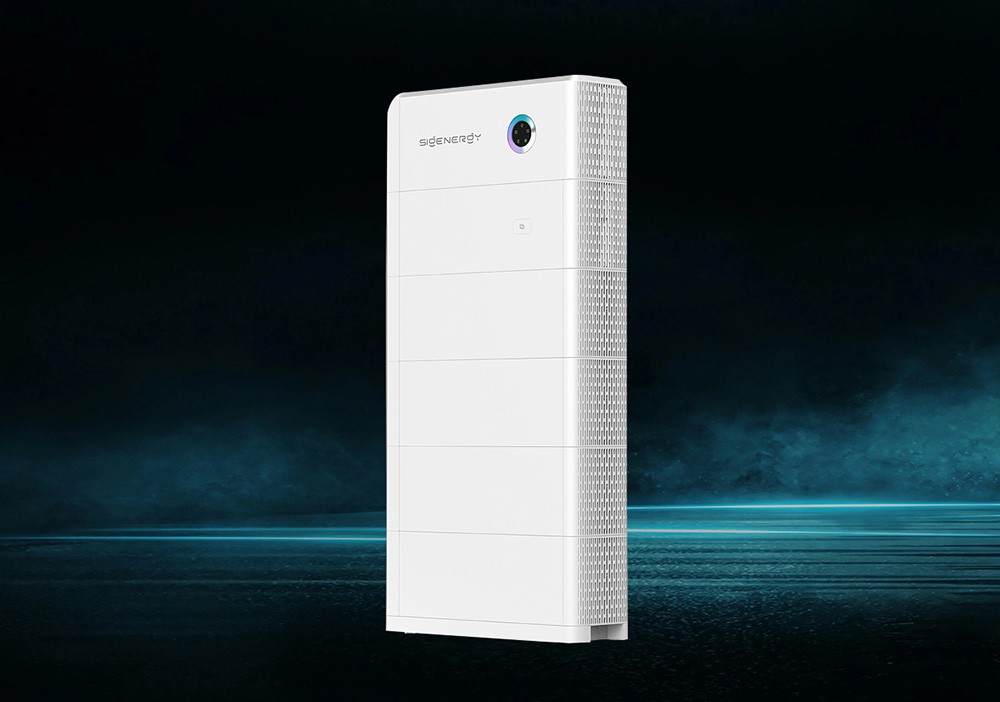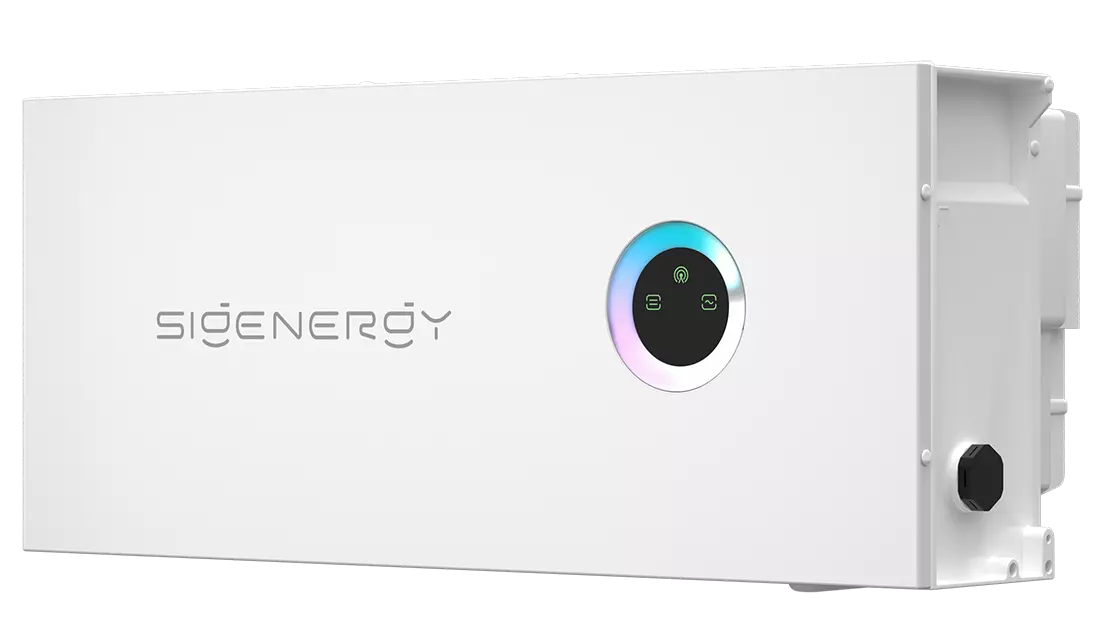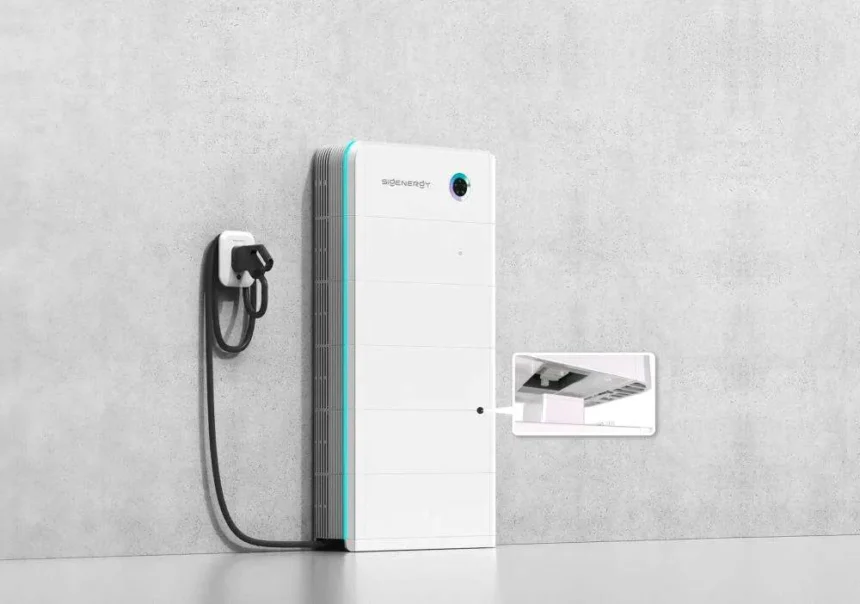When it comes to home energy storage solutions, Sigenergy batteries have been gaining popularity for their efficiency and reliability. But with various options available, many potential buyers find themselves asking: “How much do Sigenergy batteries actually cost?” In this article, we’ll explore the different factors that influence Sigenergy battery prices, provide an overview of what you can expect to pay, and help you decide if these batteries are the right choice for your energy needs.
What Are Sigenergy Batteries?
Sigenergy batteries are high-capacity lithium-ion batteries designed for both residential and commercial energy storage. They allow users to store energy generated from renewable sources like solar panels, ensuring a steady supply of power even when the sun isn’t shining or the grid goes down.
Why Choose Sigenergy?
Sigenergy batteries are known for their long lifespan, efficiency, and safety features. They offer a range of models that cater to different energy needs, from small homes to large businesses, making them a versatile choice for many consumers.
Factors Affecting Sigenergy Battery Prices

The cost of Sigenergy batteries can vary widely based on several factors. Understanding these factors can help you make an informed decision about which battery model is right for you.
1. Battery Capacity
One of the primary factors influencing the price of a Sigenergy battery is its capacity, measured in kilowatt-hours (kWh). Batteries with higher capacities can store more energy, which is ideal for homes with higher energy consumption or those who want a longer backup period. Naturally, these larger batteries come with a higher price tag.
2. Battery Type and Technology
Sigenergy offers different types of batteries, each utilizing various technologies. For example, some models may feature advanced lithium iron phosphate (LiFePO4) chemistry, which provides enhanced safety and longer life compared to traditional lithium-ion batteries. These advanced technologies tend to increase the overall cost.
3. Installation Costs
In addition to the battery itself, you’ll need to consider the cost of installation. This can vary based on the complexity of the installation, your location, and whether any additional equipment (like inverters or battery management systems) is required.
4. Warranty and Maintenance
Sigenergy batteries come with varying warranty options, which can impact the price. A longer warranty period often means a higher upfront cost, but it can also provide peace of mind knowing that your investment is protected.
Price Range for Sigenergy Batteries
Now that we’ve covered the factors affecting prices, let’s look at some general price ranges for Sigenergy batteries. Please note that these are approximate prices and can vary based on location, retailer, and specific model:
Entry-Level Models (4-6 kWh): $3,000 – $5,000
These models are suitable for small households with moderate energy needs or as backup power during outages.
Mid-Range Models (7-10 kWh): $6,000 – $9,000
Ideal for larger homes or those with higher energy consumption. They offer a good balance between capacity and cost.
High-Capacity Models (11-20 kWh): $10,000 – $15,000+
Designed for homes with significant energy needs or small businesses, these models provide ample storage for extended use.
Are Sigenergy Batteries Worth the Investment?
When considering the cost of Sigenergy batteries, it’s essential to think about the long-term benefits. Investing in a high-quality energy storage system can lead to substantial savings on your electricity bills, especially if you’re generating your own power through solar panels. Additionally, having a reliable backup power source can provide peace of mind during power outages.
Tips for Saving Money on Sigenergy Batteries

If you’re looking to invest in a Sigenergy battery but are concerned about the price, here are some tips to help you save:
1. Shop Around
Prices can vary significantly between retailers, so it’s worth taking the time to shop around and compare offers. Some sellers may offer discounts or bundled deals if you’re purchasing multiple components for your energy system.
2. Consider Government Incentives
Many regions offer rebates, tax credits, or other incentives for installing energy storage systems. Check with your local government to see if any financial assistance is available to help offset the cost of a Sigenergy battery.
3. Think Long-Term
While the upfront cost of a Sigenergy battery may seem high, it’s essential to consider the long-term savings and benefits. Lower energy bills, increased energy independence, and potential property value boosts can make the investment worthwhile over time.
Conclusion
Sigenergy batteries offer a range of options to suit different energy needs and budgets. By understanding the factors that affect their prices, you can make an informed decision and choose the right battery for your home or business. Whether you’re looking for a reliable backup power source or aiming to maximize the use of renewable energy, Sigenergy batteries are a solid investment that can provide lasting benefits.
FAQs
1. How long do Sigenergy batteries last?
Sigenergy Battery Prices typically have a lifespan of 10-15 years, depending on usage and maintenance. Regular check-ups and proper care can help extend their life.
2. Can I install a Sigenergy battery myself?
While technically possible, it’s recommended to have a professional installer set up your Sigenergy battery to ensure safety and optimal performance.
3. Do Sigenergy batteries work with all types of solar panels?
Yes, Sigenergy batteries are compatible with most types of solar panels. However, it’s always a good idea to check with your installer to ensure compatibility.
4. Are there financing options available for purchasing a Sigenergy battery?
Many retailers and financial institutions offer financing options for energy storage systems, including Sigenergy batteries. Check with your local provider for details.
5. How much maintenance do Sigenergy batteries require?
Sigenergy batteries require minimal maintenance, mainly periodic checks to ensure they’re functioning correctly. Your installer can provide specific maintenance guidelines.





